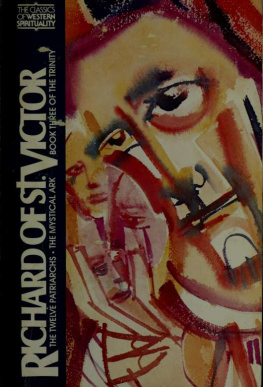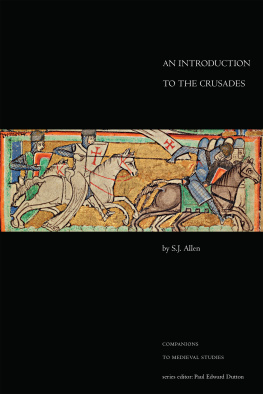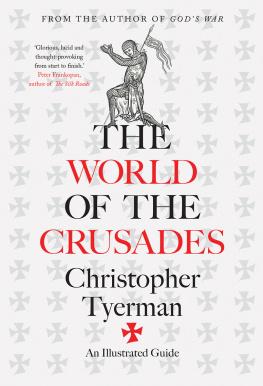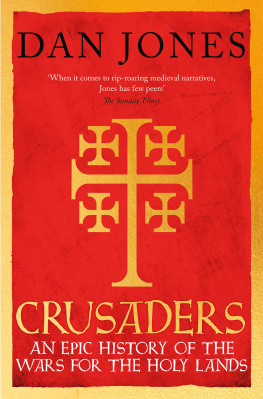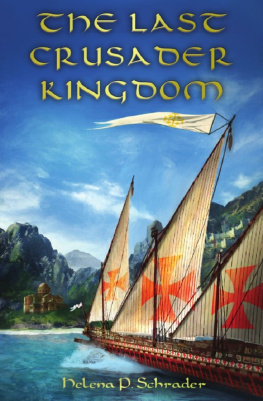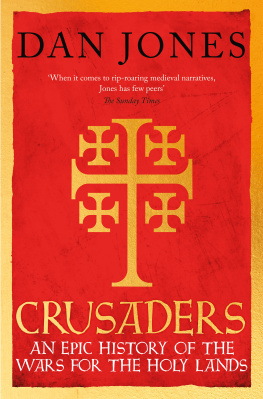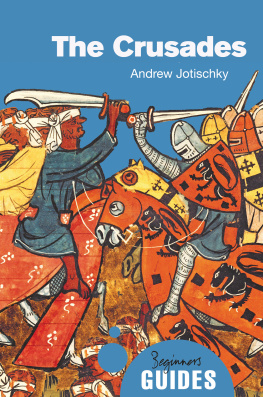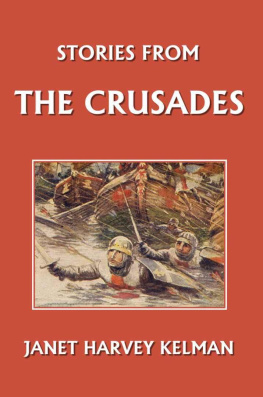First published in hardback in Great Britain in 2016 by Atlantic Books, an imprint of Atlantic Books Ltd.
Copyright Jeffrey Lee 2016
The moral right of Jeffrey Lee to be identified as the author of this work has been asserted by him in accordance with the Copyright, Designs and Patents Actof 1988.
All rights reserved. No part of this publication may be reproduced, stored in a retrieval system, or transmitted in any form or by any means, electronic, mechanical, photocopying, recording, or otherwise, without the prior permission of both the copyright owner and the above publisher of this book.
1 2 3 4 5 6 7 8 9
A CIP catalogue record for this book is available from the British Library.
Hardback ISBN: 978-1-78239-925-4
Trade paperback ISBN: 978-1-78239-926-1
E-book ISBN: 978-1-78239-927-8
Paperback ISBN: 978-1-78239-928-5
Printed in Great Britain
Atlantic Books
An Imprint of Atlantic Books Ltd
Ormond House
2627 Boswell Street
London
WC1N 3JZ
www.atlantic-books.co.uk
For the brothers Tam Tam, Bee Boy and Lil Tigs
CONTENTS
ILLUSTRATIONS & MAPS
Colour Section
Maps
Prologue

Sanaa, Yemen, 29 October 2010
The Sanaa office of the global courier company FedEx is on Hadda Street, a busy, dusty drag of upscale shops and restaurants in the Yemeni capital. Among the customers dropping off packages that Friday was a veiled woman who said she was Hanan al-Samawi, an engineering student. She left a box for shipping to the city of Chicago, Illinois.
Inside the box was a Hewlett-Packard LaserJet printer, some traditional Yemeni clothing, a souvenir model of Yemens famous mud skyscrapers and a few English books, including a torn copy of The Mill on the Floss by George Eliot.
Inside the printer were 300 grams of the industrial explosive PETN, more than enough to bring down a jetliner in flight. It was primed to detonate over Chicago.
The plot was the work of the Islamist terror group, Al-Qaida in the Arabian Peninsula. The devices living targets were the people of Chicago, but the bomb was not addressed to them. It was addressed to an old enemy, the most hated and feared of the crusaders who battled the forces of Islam in the Middle Ages.
The bomb was addressed to a man who had been dead for more than 800 years. It was addressed to Reynald de Chatillon.

Vzelay, Burgundy, 31 March 1146
Dressed in his rough white monks habit, the frail figure of Abbot Bernard looked out from a makeshift wooden platform across a crowd of many thousands of souls.
Jutting up from a rolling plain, the steep hill of Vzelay loomed behind him, crowned by a massive Romanesque basilica, the abbey-church of St Mary Magdalene. So many had come to hear Bernard speak that the multitude had overflowed the great church and the town itself. They had moved down to this new site in the spring meadows, where this sea of humanity townspeople, peasants, priests, the flower of the nobility, King Louis VII himself waited for the speaker to begin. They had gathered to witness Bernard, abbot of the pioneering monastery of Clairvaux, spiritual spearhead of the Cistercian order and the greatest orator of the age, preach the crusade.
The actual words of Bernards speech are lost, but we can be sure of much of the content. Expressed through Bernards inimitable, potent, mellifluous rhetoric, it would have echoed the proclamation recently issued by Pope Eugenius III, the papal bull Quantum Praedecessores. So Bernard would have described the recent catastrophic loss of the city of Edessa, one of the key crusader cities in the East, to the fierce Turkish warlord, Zengi. He would have described the suffering of the Christians of Edessa and the danger its fall posed to the Holy City of Jerusalem. He would have urged the men present, and especially the nobility the warriors to enlist alongside the king in his armed pilgrimage to the East, to fight for Christ and the Holy Land. He probably dangled the carrot of glory, honour and other earthly rewards for the successful crusader. Without doubt he promised heavenly rewards to anyone who took the cross. These rewards included a complete remission of their sins.
The crowd was gripped and inspired. Then and there, thousands committed to the crusade. When Bernard finally called all those who wished to make the noble journey to step forward and take the cross, the response was overwhelming. Crosses! the crowd roared. Give us crosses!
At sunset they were still sewing crossed strips of material to the shoulders of the new crusaders. A supply of cloth had been brought, in anticipation, but this soon ran out and, in their frenzy, people tore off their own clothes to be used. Bernard himself joined them, ripping up his habit for the cause. In the fading light the beautiful Queen Eleanor and her entourage of young damsels dressed up as Amazons and galloped around the fields, further whipping up the ecstatic crowds.
I opened my mouth, Bernard later wrote to the Pope. I spoke; and at once the crusaders have multiplied to infinity. Villages and towns are now deserted. You will scarcely find one man for every seven women. Everywhere you see widows whose husbands are still alive.
One of those dead men walking and almost certainly among the passionate crowd at Vzelay that day was a youthful knight full of zeal and ambition, but with meagre prospects, a certain Reynald de Chatillon.
Introduction

A MONSTROUS UNBELIEVER
Reynald was the most perfidious and wicked of the Franks. He was the greediest, the most determined to destroy and do evil, to violate agreements and solemn oaths, to break his promise and to lie
Imad al-Din
Twenty-first-century terrorists address their printer-bomb to a long-dead Frankish knight.
The crusades live.
This might surprise most Westerners, for whom the crusades are little more than a dim and dusty story of knights fighting Saracens in the deserts of the Middle East. In fact the legacy of the crusades is very much alive, for they were the crucible in which the forging of the modern world began.
The series of religio-military expeditions, which marched from Western Europe to seize Jerusalem from the Muslims, were the first counter-attacks by Western Christendom against the expandingcivilization of Islam a civilization then superior in medicine, science, mathematics, commerce and much else. The states created in the Levant, settled by the crusaders and then fought over for two centuries were the Christian Wests first colonial experiment. The movement began with the staggeringly successful First Crusade, which captured the Holy City of Jerusalem in 1099. Half a century later came the Second Crusade (1145-9), when Reynald de Chatillon went to the East. The Third Crusade of 1189-92 is perhaps the one best lodged in the Western psyche, given its leading men: King Richard the Lionheart, for Christendom, and his chivalrous adversary, the sultan Saladin, for Islam.
Crusades were not directed just against Saracens in the Orient. Religious fervour and the spirit of conquest drove the frontiers of Christendom in all directions. Crusades were launched against Muslims in Iberia, Eastern European Slavs, heretical Christians and even the Greek Christian Byzantine Empire.



